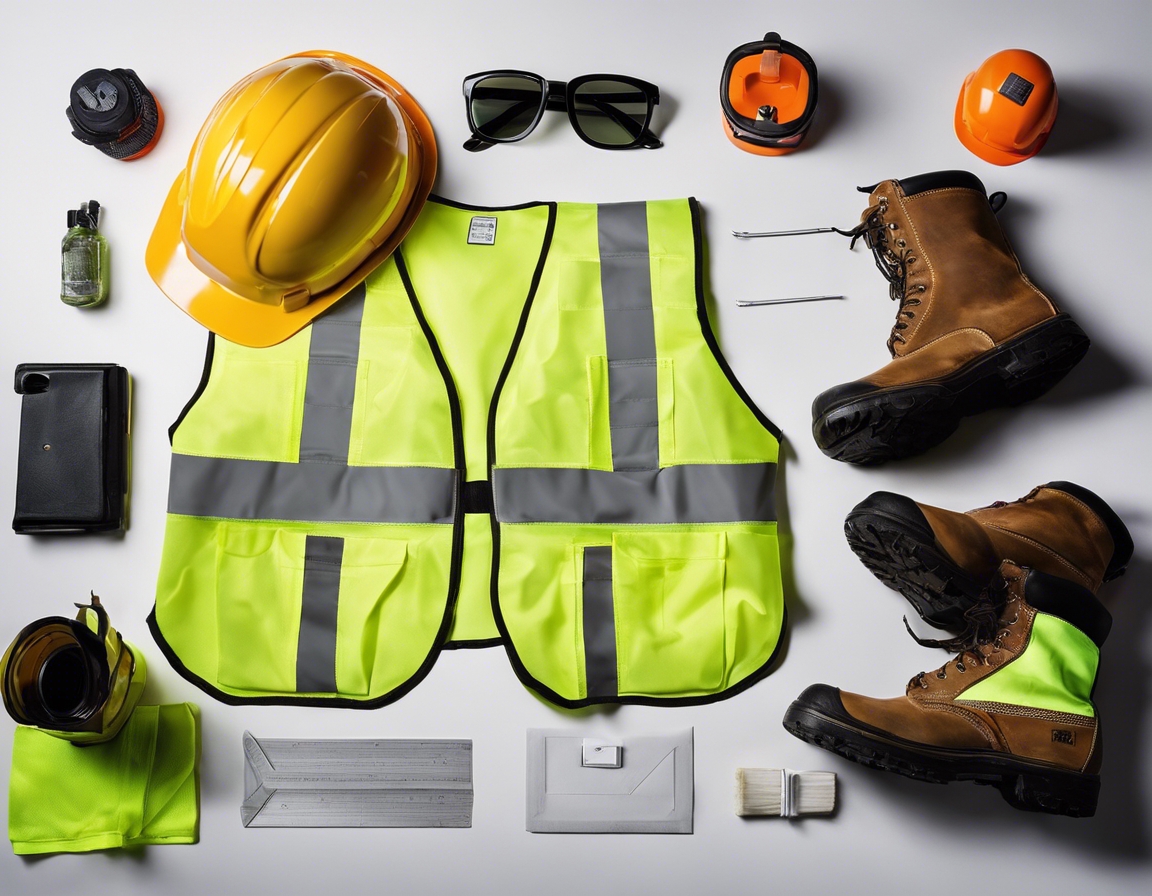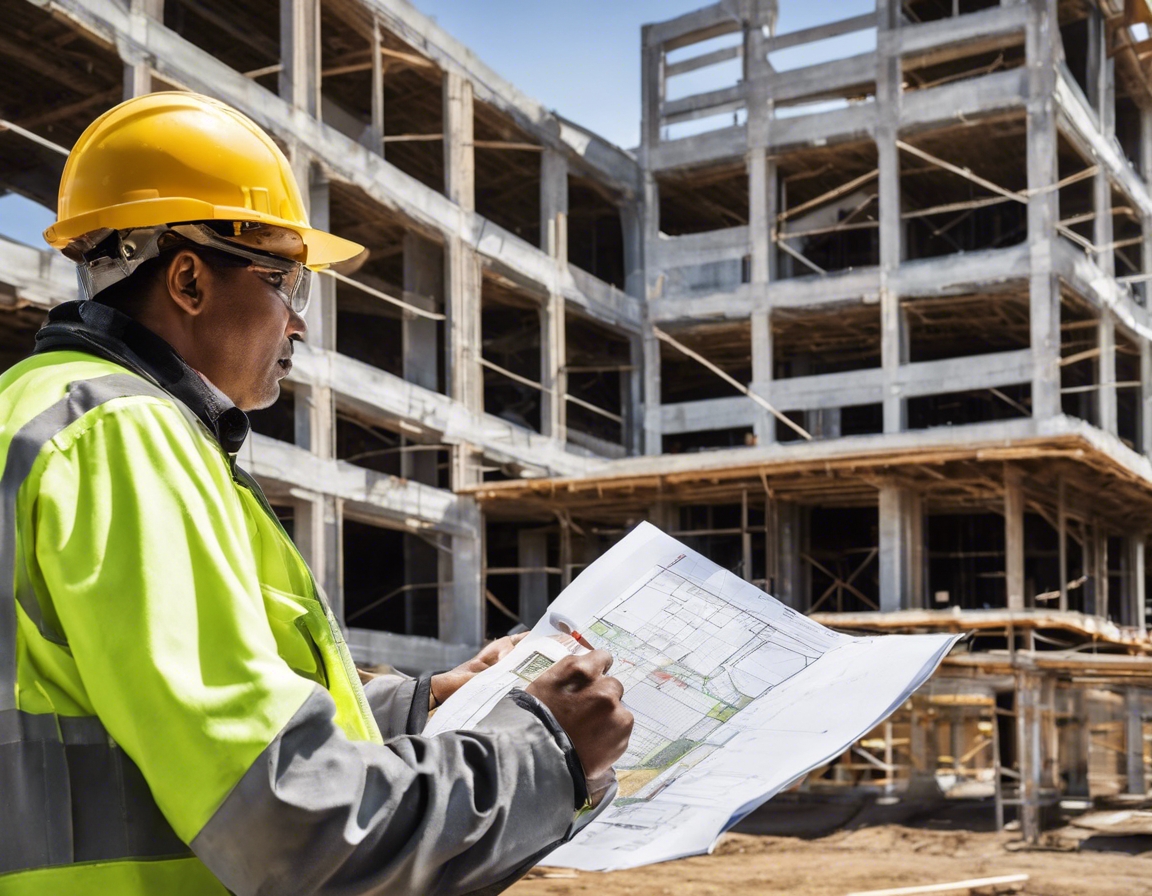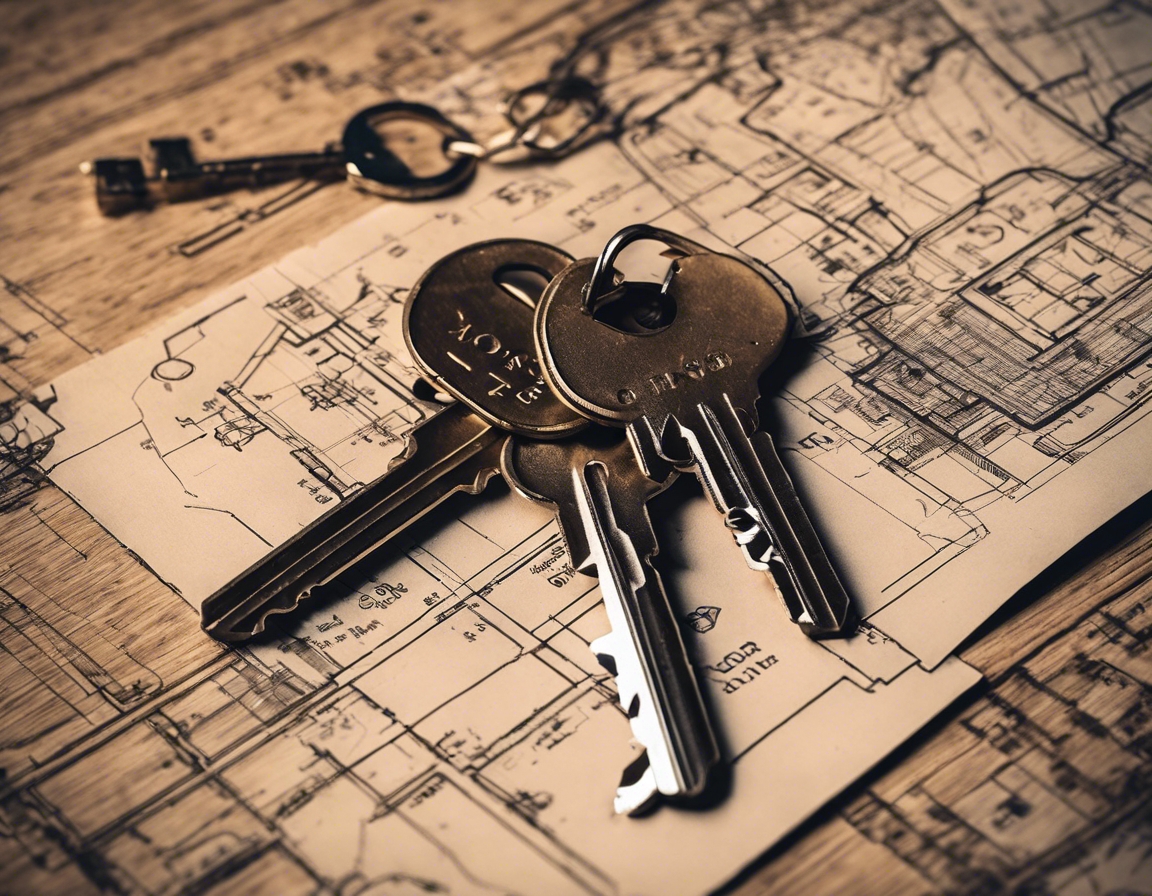The importance of sustainability in building design
Sustainability in construction refers to the practice of creating structures that are environmentally responsible and resource-efficient throughout their life-cycle. This encompasses everything from siting to design, construction, operation, maintenance, renovation, and demolition.
The concept of sustainable building design has evolved significantly over the years, influenced by environmental concerns, technological advancements, and a growing awareness of the need for eco-friendly living spaces.
Key Principles of Sustainable Building Design
One of the cornerstones of sustainable building design is energy efficiency. This involves the use of energy-saving appliances, proper insulation, and the incorporation of passive solar design principles to reduce the need for artificial heating and cooling.
Water conservation strategies include the use of water-efficient fixtures, rainwater harvesting systems, and the implementation of greywater recycling.
Choosing sustainable materials means opting for those that are non-toxic, recycled, or rapidly renewable, and that have a low environmental impact over their lifecycle.
Indoor environmental quality is crucial for occupant health and well-being, and involves the use of materials and systems that promote clean air and natural light.
Site selection and land use play a significant role in sustainable building, with a focus on minimizing the impact on the environment and enhancing the connection between the natural and built environments.
The Economic Benefits of Sustainable Construction
Although sustainable buildings may require a higher initial investment, they typically result in significant long-term cost savings through reduced energy and water consumption.
Properties designed with sustainability in mind often have higher market values due to their reduced operational costs and appeal to environmentally conscious buyers.
Sustainable buildings attract tenants and buyers who prioritize environmental responsibility, potentially leading to higher occupancy rates and rental premiums.
Environmental Impact of Sustainable Building Practices
By utilizing energy-efficient systems and renewable energy sources, sustainable buildings can significantly reduce their carbon footprint.
Through the use of recycled materials and efficient resource management, sustainable building design helps conserve natural resources.
Integrating green spaces and biodiversity considerations into building design can enhance local ecosystems and wildlife habitats.
Regulatory Compliance and Incentives
Adhering to green building codes and standards is not only about compliance but also about setting a benchmark for sustainability in the industry.
Many governments offer incentives for green building initiatives, which can help offset the initial costs of sustainable construction.
Technological Innovations in Sustainable Building
Smart building technologies enable more efficient management of building operations, leading to further reductions in energy and resource consumption.
The integration of renewable energy systems, such as solar panels and wind turbines, is a key feature of sustainable building design.
Green roofing and living walls not only improve a building's insulation and reduce urban heat islands but also contribute to air purification and biodiversity.
Challenges and Considerations in Sustainable Building Design
One of the main challenges of sustainable building is the perception of high initial costs, though these are often recouped over time through savings in operational expenses.
The market's readiness to adopt sustainable practices and the availability of skilled professionals trained in green building are critical to the widespread implementation of these designs.
Measuring and certifying the sustainability of a building can be complex, but it is essential for ensuring that the building meets established environmental standards.






Comments (0)